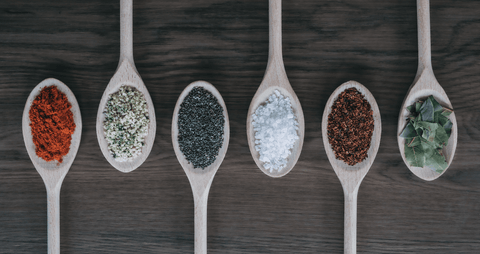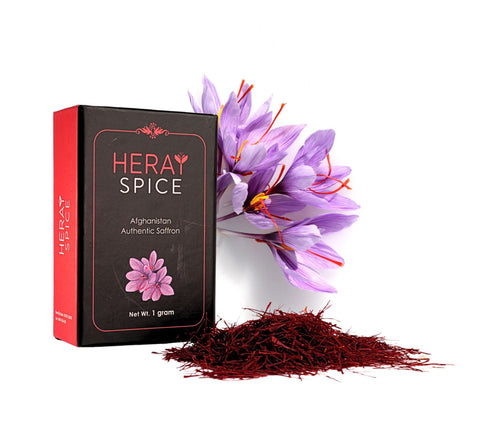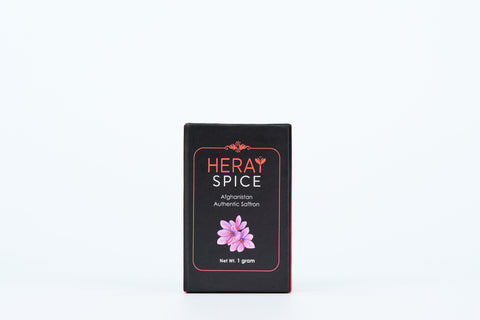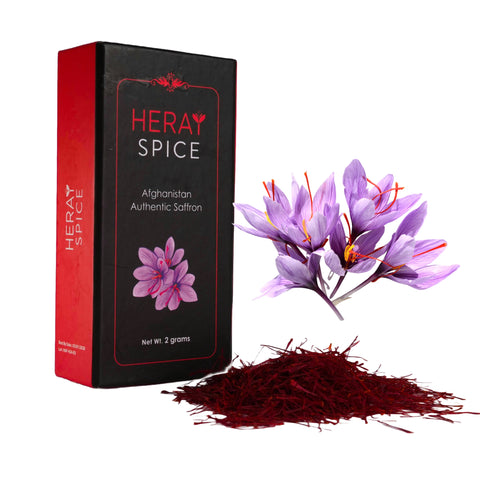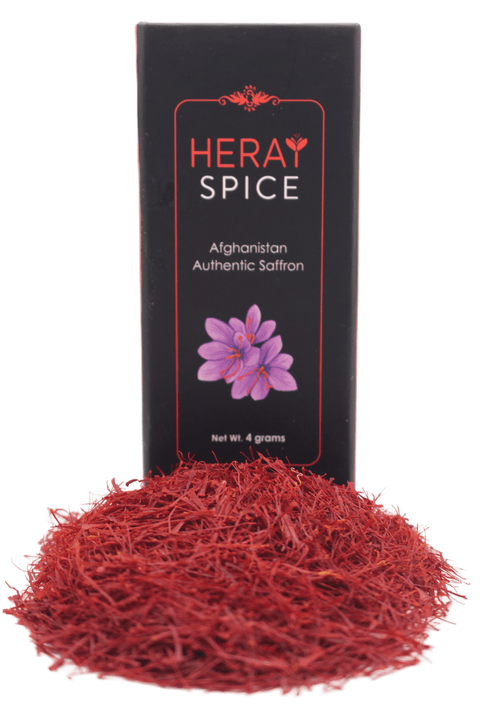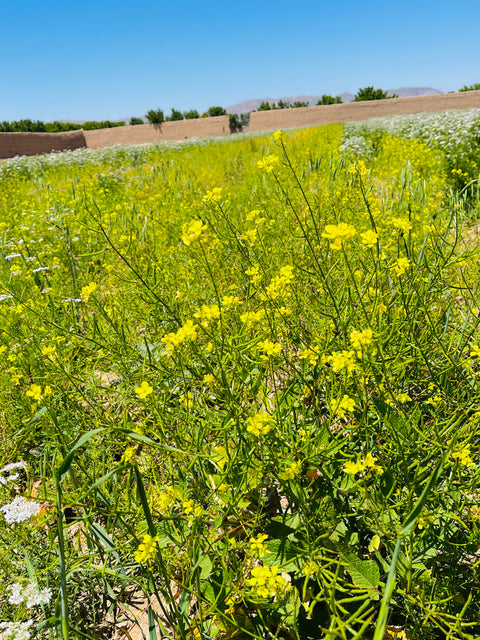Exploring the Roots of Flavor: A Journey through the Earliest History of Spices:
The use of spices can be traced back thousands of years to ancient civilizations in the Middle East and Asia. The history of spices is intertwined with the history of human civilization, as spices were traded along the famous Silk Road, which connected the East and West, and were often considered to be more valuable than gold.
One of the earliest recorded uses of spices was by the ancient Egyptians, who used spices such as cumin, coriander, and cinnamon in their embalming process. Spices were also used in ancient India, where they were believed to have medicinal properties and were used in religious ceremonies.
The trade of spices became a lucrative business during the medieval period, as spices were used to flavor and preserve food, and were believed to have medicinal properties. Arab traders controlled the spice trade for centuries, and it was not until the 15th century that European explorers, such as Vasco da Gama and Christopher Columbus, began to search for new trade routes to the East in order to bypass Arab traders.
The discovery of new trade routes led to the Age of Exploration, and the spice trade became one of the driving forces behind European colonial expansion. Countries such as Portugal, Spain, and the Netherlands established colonies in Asia and the East Indies in order to gain access to valuable spices such as pepper, cinnamon, and nutmeg.
Today, spices are used around the world to flavor food and add depth and complexity to dishes. They are an essential part of many different cuisines, and their long and fascinating history continues to be celebrated and explored.

Exploring the world of ancient spices can be a fascinating journey into the history of human civilization:
The use of spices dates back to ancient times, and many of the first spices were used for medicinal and culinary purposes. Here are some of the earliest recorded spices and their uses:
-
Cinnamon: Cinnamon was one of the first spices used in ancient Egypt, where it was used in embalming rituals. It was also used in traditional Chinese medicine to treat conditions such as colds and indigestion. In culinary applications, cinnamon was used to flavor foods and as a natural preservative.
-
Black Pepper: Black pepper was used in ancient India and China as a spice and a medicine. It was believed to have digestive properties and was also used to treat coughs and colds. In culinary applications, black pepper was used to flavor meats, vegetables, and soups.
-
Nutmeg: Nutmeg was used in ancient Rome and was considered a luxury item. It was used in traditional medicine to treat digestive issues and was believed to have sedative properties. In culinary applications, nutmeg was used to flavor desserts, pastries, and meats.
-
Ginger: Ginger was used in ancient China and India as a spice and a medicine. It was believed to have anti-inflammatory and digestive properties and was used to treat nausea, vomiting, and arthritis. In culinary applications, ginger was used to flavor sweets, soups, and meat dishes.
-
Turmeric: Turmeric was used in ancient India and was considered a sacred spice. It was used in traditional medicine to treat a variety of conditions, including arthritis, digestive issues, and skin disorders. In culinary applications, turmeric was used to flavor curries and other dishes.
Overall, these ancient spices were highly valued for their medicinal and culinary properties, and their use has continued to evolve and expand over time.

The fascinating and complex history of Saffron
Saffron has a long and fascinating history, dating back more than 3,000 years. Here's a brief overview of the history of saffron:
-
Origin: Saffron is believed to have originated in Iran and was first cultivated in ancient Persia. It was used by the Persians for its medicinal and culinary properties.
-
Spread to other regions: Over time, saffron cultivation spread to other parts of the world, including Greece, Spain, and India. It was highly prized by the Greeks and Romans, who used it as a perfume, medicine, and culinary spice.
-
Middle Ages: During the Middle Ages, saffron became a major trade commodity and was traded along the famous Silk Road. It was used to flavor and color food, and was also used in traditional medicine.
-
Renaissance: During the Renaissance period, saffron was considered a luxury item and was used to flavor and color dishes in the courts of Europe. It was also used in perfumes and cosmetics.
-
Modern era: Today, saffron is still highly valued for its flavor and medicinal properties. It is cultivated in many regions around the world, including Spain, Iran, and India. Saffron is used in a variety of dishes, including paella, risotto, and desserts.
Throughout its history, saffron has been a prized and valuable spice, valued for its unique flavor and many uses. Its rich cultural and historical significance has made it an important part of many different cuisines and traditions around the world.

There have been multiple conflicts or wars throughout history related to the trade and acquisition of spices
There were several wars and conflicts throughout history that were fought over spices. During the Middle Ages and Renaissance periods, spices such as pepper, cinnamon, and nutmeg were highly valued commodities that were used to flavor and preserve food. The demand for spices led to the development of trade routes such as the famous Silk Road, and spices were often traded for high prices.
The high value of spices also led to conflicts and wars over control of the spice trade. For example, during the 16th century, the Dutch and the Portuguese fought several wars in the East Indies over control of the spice trade, particularly nutmeg and cloves. The Dutch ultimately gained control of the nutmeg trade, while the Portuguese controlled the cloves.
Another example is the Crusades, which were fought in part to gain control of the spice trade. During the Crusades, European knights traveled to the Middle East in search of spices and other valuable commodities.
In addition to wars, the high value of spices also led to piracy and theft. Pirates often targeted ships carrying valuable spice cargoes, and spices were also stolen from warehouses and trading posts.
Overall, the history of spices is closely intertwined with the history of trade and conflict, and the demand for spices has played a significant role in shaping the world we live in today.
Regarding saffron, there are no recorded wars or conflicts that were specifically fought over saffron, as saffron has historically been produced in relatively small quantities compared to other spices like pepper and cinnamon. However, saffron has been a valuable and highly prized spice throughout history, and has been involved in the larger context of conflicts and trade disputes.
For example, during the medieval period, when trade routes were established between Europe and the East, saffron was among the many goods traded along these routes. As the demand for saffron grew, it became a target for piracy and theft, and was subject to trade restrictions and taxes.
In more recent times, there have been occasional reports of saffron smuggling and theft, particularly in regions where it is produced in large quantities, such as Iran, Afghanistan, and India.
Overall, while there have not been any major wars fought over saffron, its historical value and cultural significance have made it an important commodity in trade and commerce, and it has played a role in the larger context of conflicts and disputes.

How Humans Discovered Spices?
The discovery and use of spices by humans can be traced back to prehistoric times. Archaeological evidence suggests that early humans used various plants and herbs, including spices, for medicinal and culinary purposes.
One theory suggests that the use of spices in cooking evolved as a way to make food taste better and to cover up the taste of spoiled meat. Spices such as garlic and onion were used for their antimicrobial properties to prevent spoilage, while others were used to add flavor to bland foods.
As human societies developed and trade routes were established, the use of spices became more widespread. Spices were highly valued for their unique flavors and aromas, and were used to preserve and flavor food, as well as for medicinal and religious purposes.
The use of spices also played a role in the development of ancient trade routes, such as the famous Silk Road, which connected Asia and Europe and allowed for the exchange of goods and ideas between different cultures.
Overall, the discovery and use of spices by humans has been a gradual and ongoing process that has evolved over thousands of years, driven by a desire for flavor, preservation, and cultural significance.

How Humans Learned to Use Spices in Food?
The use of spices in food by humans was likely discovered through trial and error, as early humans experimented with different plants and herbs to flavor and preserve their food. Over time, as certain spices were found to be more effective at enhancing the taste of food, they became a more important part of culinary traditions.
One theory suggests that the use of spices in cooking evolved as a way to make food taste better and to cover up the taste of spoiled meat. Spices such as garlic and onion were used for their antimicrobial properties to prevent spoilage, while others were used to add flavor to bland foods.
As human societies developed and trade routes were established, the use of spices became more widespread. Spices were highly valued for their unique flavors and aromas, and were used to preserve and flavor food, as well as for medicinal and religious purposes.
The use of spices in food also played a role in the development of ancient trade routes, such as the famous Silk Road, which connected Asia and Europe and allowed for the exchange of goods and ideas between different cultures.
Overall, the use of spices in food by humans has been a gradual and ongoing process that has evolved over thousands of years, driven by a desire for flavor, preservation, and cultural significance.

What were the naming conventions that humans historically used to name spices, and how have those conventions influenced the naming of spices as we know them today?
The naming conventions for spices have varied throughout history and across different cultures. In many cases, the names of spices are derived from the language of the region where they are grown or where they were first discovered.
For example, the word "cinnamon" comes from the ancient Greek word "kinnamomon," which was borrowed from the Phoenician word "qinnamom," meaning "fragrant spice plant." The word "pepper" comes from the Sanskrit word "pippali," while "nutmeg" is derived from the Old French word "nois muguete," which means "musky nut."
In some cases, the names of spices were influenced by their physical appearance or taste. For example, the word "saffron" is thought to come from the Arabic word "za'faran," which means "yellow," in reference to the spice's vivid yellow color. The word "vanilla" is derived from the Spanish word "vainilla," meaning "little pod," which refers to the long, thin pods from which the spice is derived.
In modern times, the naming conventions for spices are largely standardized, with most spices being referred to by their common English names. However, there may still be regional variations in the names used for certain spices, depending on the language and cultural traditions of the region.

Credit for information: OpenAI & ChatGPT
Credit for Images: Unsplash.com

